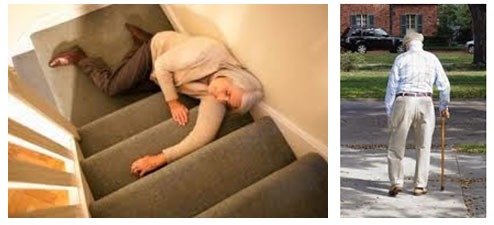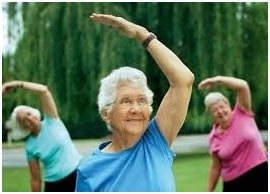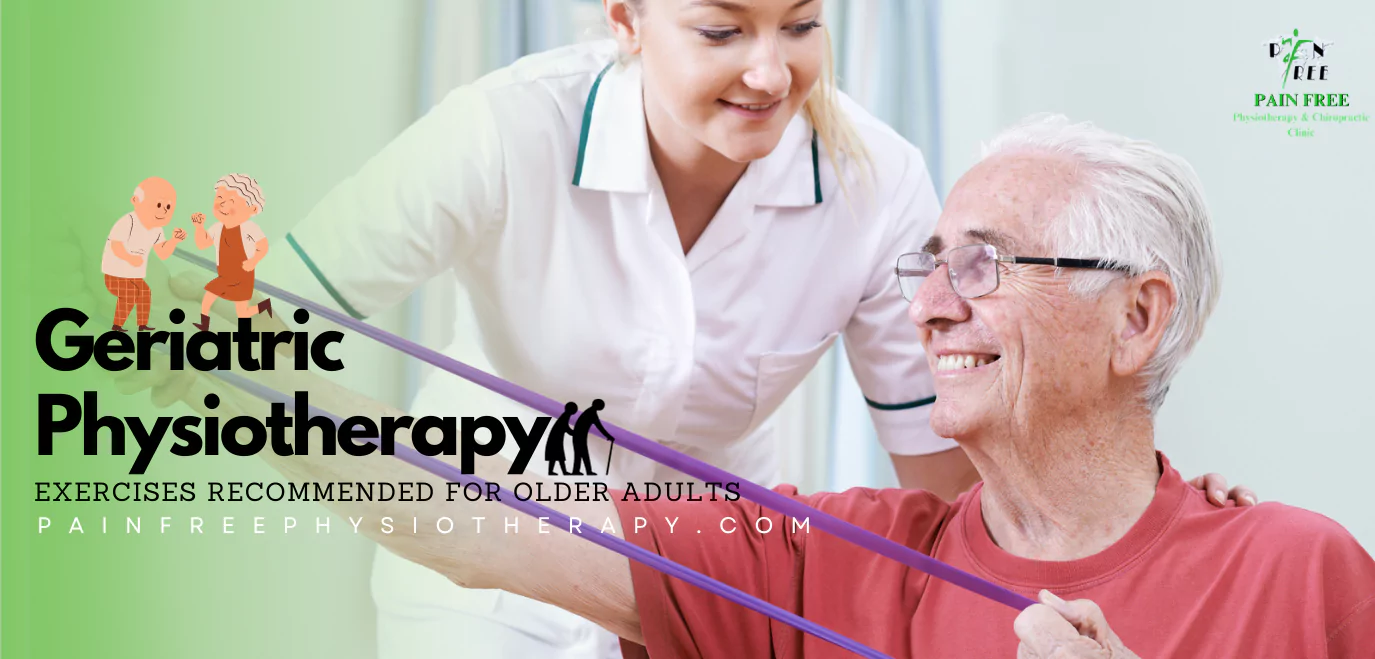We know how tough it can be to see our elders struggle with walking, joint pain, or simple daily tasks. With age, the body slows down but with the right care, they can still live strong and independent. That’s where our geriatric physiotherapy comes in. We treat every senior with love, respect, and gentle care, just like our own family.
Our team offers the best geriatric physiotherapy in Dwarka, guided by skilled and kind-hearted professionals. Whether it’s joint pain, balance issues, or general weakness, our physiotherapist in Delhi is here to help . Through expert physiotherapy in Dwarka, we make sure your loved ones feel better, move better, and live better right from the comfort of home.
Geriatric Physiotherapy Keeps Elderly Physically Active
Regular physical activity has been shown to have important beneficial effects on physical and mental well-being across all age groups. There are very few medical conditions that regular exercise doesn’t help to prevent, reduce the risk of developing, or improve symptoms.
Physical activity in older adults can benefit from participation in regular physical activity. The potential effects of exercise on the health of older adults include:
- Reduced risk of developing coronary heart disease, stroke, certain types of cancers, and diabetes, these problems come under non-communicable disease (NCDs),
- Prevention of post-menopausal osteoporosis and protection against osteoporotic fractures by reducing the risk of falls,
- A reduction in accidental falls,
- A reduction in loneliness and isolation, along with a reduction in depression, which may be as effective as antidepressants,
- A reduction in the complications of immobility, such as deep vein thrombosis and pressure sores.

Being active from an early age can help prevent many diseases just as regular movement and activity can help relieve the disability and pain associated with these conditions. Importantly, the benefits of physical activity can be enjoyed even if regular practice starts late in life. It has been suggested that older adults engaged in regular physical activity demonstrate improved:

- Balance and proprioception
- Strength
- Coordination and motor control (better control over daily activities)
- Flexibility
- Endurance (carry out activities for longer duration without much fatigue)
Consequently, physical activity can reduce falls risk, a major older age cause of disability.
Physical activity has also been shown to improve mental health and cognitive function in older adults and has been found to contribute to the management of disorders such as depression and anxiety. Active lifestyles often provide older people with regular occasions to make new friendships, maintain social networks, and interact with other people of all ages.

Exercises Recommended for Older Adults in Geriatric Physiotherapy.
- Aerobic activity depends upon older adults’ aerobic fitness,
- Activities that maintain or increase flexibility are recommended, and
- Balance and proprioception exercises are recommended for older adults at risk of falls.
Implications of maintaining physical activity in older adults:
Reducing and postponing age-related disability is an essential public health measure and physical activity can play an important role in creating and sustaining well-being at all ages.
‘Move for health’ is WHO’s world health initiative and response to the fact that:
- Each year at least 1.9 million people die as a result of physical inactivity.
- At least 30 minutes of regular, moderate-intensity physical activity 5 days per week reduces the risk of several non-communicable diseases (NCDs).
- Physical inactivity is an independent modifiable risk factor for common NCDs.
- More than 35 million people died of NCDs in 2005 – this represented 60% of all deaths worldwide.
- 80% of deaths from NCDs occur in low- and middle-income countries.
- Without action to address the causes, deaths from NCDs will increase by 17% between 2005 and 2015.
Feel free to contact geriatric physiotherapy in Dwarka, or nearby you for Management of fall, increased flexibility and control, endurance and strength, and exercises for osteoporosis in elderly people.






